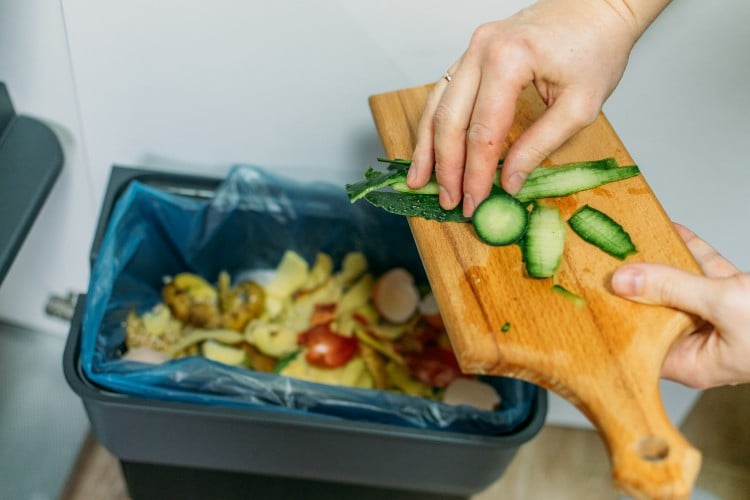Between 30-40% of food in the United States goes uneaten each year. That's nearly 40 million tons every year–equaling approximately 219 pounds of waste per person. The total waste is worth more than $161 billion. Consumers are not alone in their responsibility-restaurants also contribute to this astonishing figure.
It is estimated that restaurants produce 22 to 33 billion pounds of food waste annually.1 Waste in the foodservice industry can occur along the supply chain process, when it is being prepared for the customer, and after food has been served. How does food waste occur throughout the industry and what can we do to reduce it? Let’s take a closer look:
On the way to the table
Food has quite the hike before it reaches a consumer's fork. Unfortunately, there is loss at every step in its journey. To start, when food moves through production and manufacturing facilities it can be discarded due to reasons like product damage and overproduction. Perishable items can be physically lost or made unsafe to eat if they aren’t held at the correct temperature during transportation.
People working at foodservice establishments rarely interact with the supply side of the industry, however operators can do their part by researching the suppliers they work with to make sure those suppliers are mindful of reducing food waste.2
In the kitchen
Once a food delivery arrives, it must be properly inspected before being accepted into your inventory. Everyone on the team should know how to check the quality of a shipment and be prepared to reject an order that arrives with food in poor condition or that has not been held at the proper temperature. It pays off in spades to develop strong relationships with dependable suppliers. Once a shipment has been accepted, it is critical that foods be properly stored as soon as possible.
Immediately storing foods after they have been delivered will help keep them out of the temperature danger zone. Not only does this protect customers from foodborne illnesses, it also helps reduce food waste by ensuring foods don’t lose freshness or spoil.
Food waste that occurs at a foodservice establishment is most often the result of poor food safety training. Approximately 4-10% of food purchased by restaurants is wasted before even reaching customers.3 Staff who have been taught the basics of food safety or who take an accredited food handler training play a major role in preventing foodborne illnesses and the reduction of food waste.
At the table
Customers often leave 17% of their meals uneaten–and then leave behind 55% of their edible leftovers.4 While we can’t necessarily change the fact that portion sizes have been steadily increasing over the last 30 years, foodservice workers can help reduce these numbers by making sure they are mindful when it comes to serving people with allergies, intolerances, and preferences.
Most of the time a dish will need to be thrown out and re-made when it accidentally has cross contact with allergens or contact with a food outside a customer’s cultural observation. The kitchen prevents food waste when the whole team respects the modifications its customers request. You can also help reduce food waste by encouraging customers to bring their leftovers home.
It has been exciting to see some establishments develop food donation programs and implement composting practices as awareness about food waste has grown. At its core, reducing food waste means keeping perfectly good food from ending up in landfills. The food industry can continue to reduce waste and prevent foodborne illnesses by ensuring everyone on the team understands (and practices) the basics of food safety.
Sources:
-
Food Print: The Problem of Food Waste
-
Gordon Food Service: Winning on Food Waste
-
Food Print: How Restaurants Are Tackling Waste
-
Restaurant Hospitality: Three tools aid in slashing food waste






